6 things architecture lovers must see and do in Chicago

These architectural attractions and things to do for architecture lovers are absolute musts in The Windy City.
It’s no secret Chicago boasts some of the most interesting architecture in the world and after the Great Chicago Fire razed the city to the ground in 1871, its rebuilding sparked an architectural revolution that’s influenced urban engineering across the globe.
Known as the birthplace of the skyscraper, Chicago’s architecture is as diverse as the people who live there. From a Gothic-inspired university campus to a suburban family home that remains way ahead of its time, these are the top things architecture lovers should do and see in Chicago.
1. See the city from the river
Get your bearings by hopping onboard Chicago's First Lady for a Chicago Architecture Foundation Center River Cruise, which will introduce you to what the city is all about. Not only does this river cruise take in a significant amount of Chicago’s most remarkable buildings, but the knowledgeable docents also have a story (or two) to tell about each one.
Take in both branches of the river, noting buildings along the length of Wacker Drive, and finish with a short trip out into Lake Michigan to see Navy Pier and the jaw-dropping landscape of skyscrapers from every era.
The weather can be very changeable so make sure you’re dressed appropriately for sitting on the open-air top deck – that’s where all the best views are. There’s hot cocoa to warm you up onboard too.
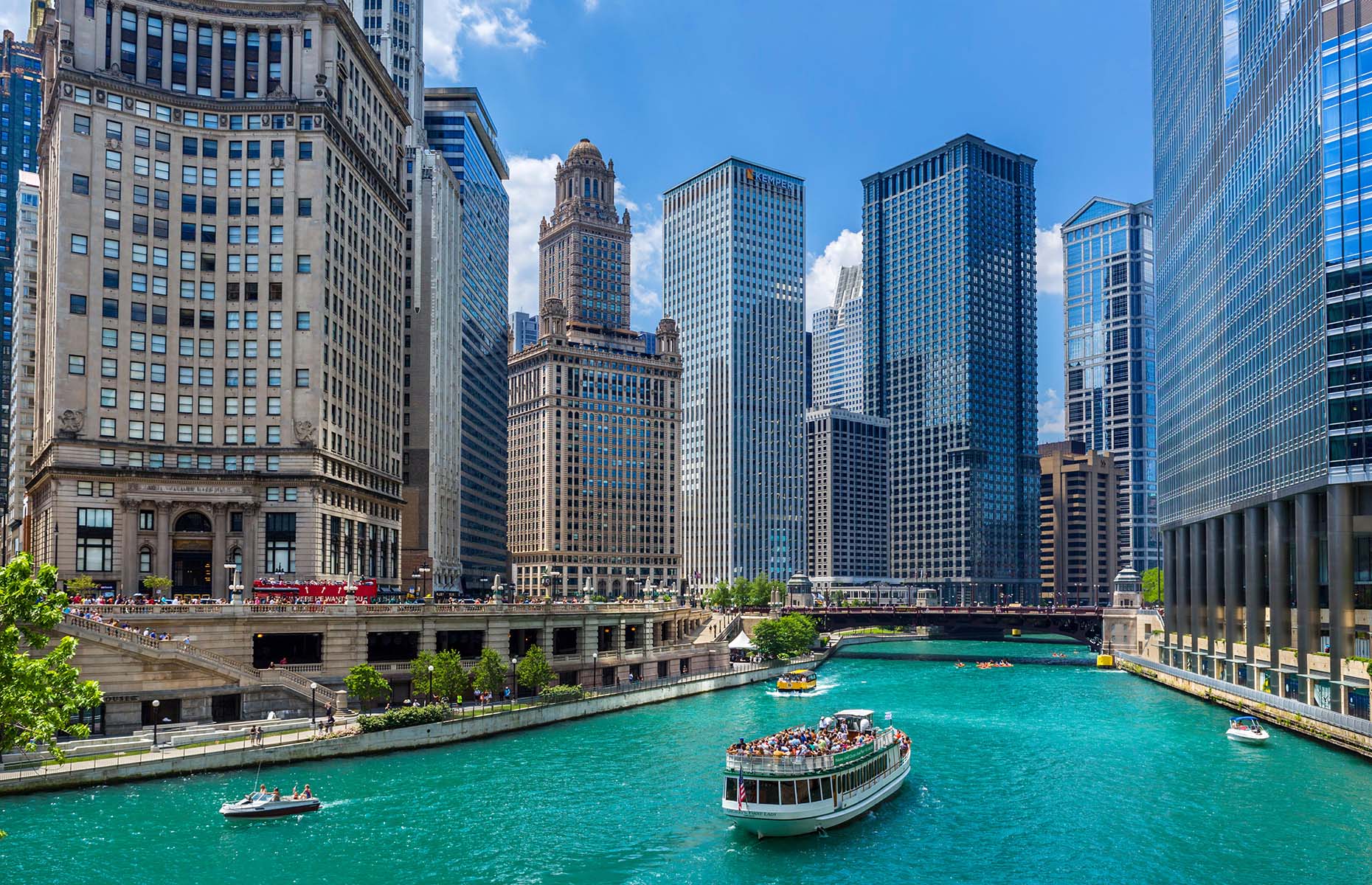 Ian Dagnall/Alamy Stock Photo
Ian Dagnall/Alamy Stock Photo
2. Learn about the city’s architectural past, present and future
Chicago’s easy-to-navigate grid layout, carefully planned infrastructure and jaw-dropping buildings weren't always this way. The fire in 1871 (which may or may not have been started by a cow accidentally knocking over a lantern) burnt down an area equal to over one thousand football pitches. Essentially, this allowed the city to have a fresh start and new, more advanced engineering techniques and materials were trialled in buildings as the city grew from its ashes.
The Chicago Architecture Center does an excellent job of explaining the science of building a skyscraper and looks to the future in terms of what sustainability, net zero and climate change mean for architecture. The exhibit includes a comprehensive video explaining the history of the city from an architectural standpoint, so it's well worth stopping by here directly after the river tour to give your visit context.
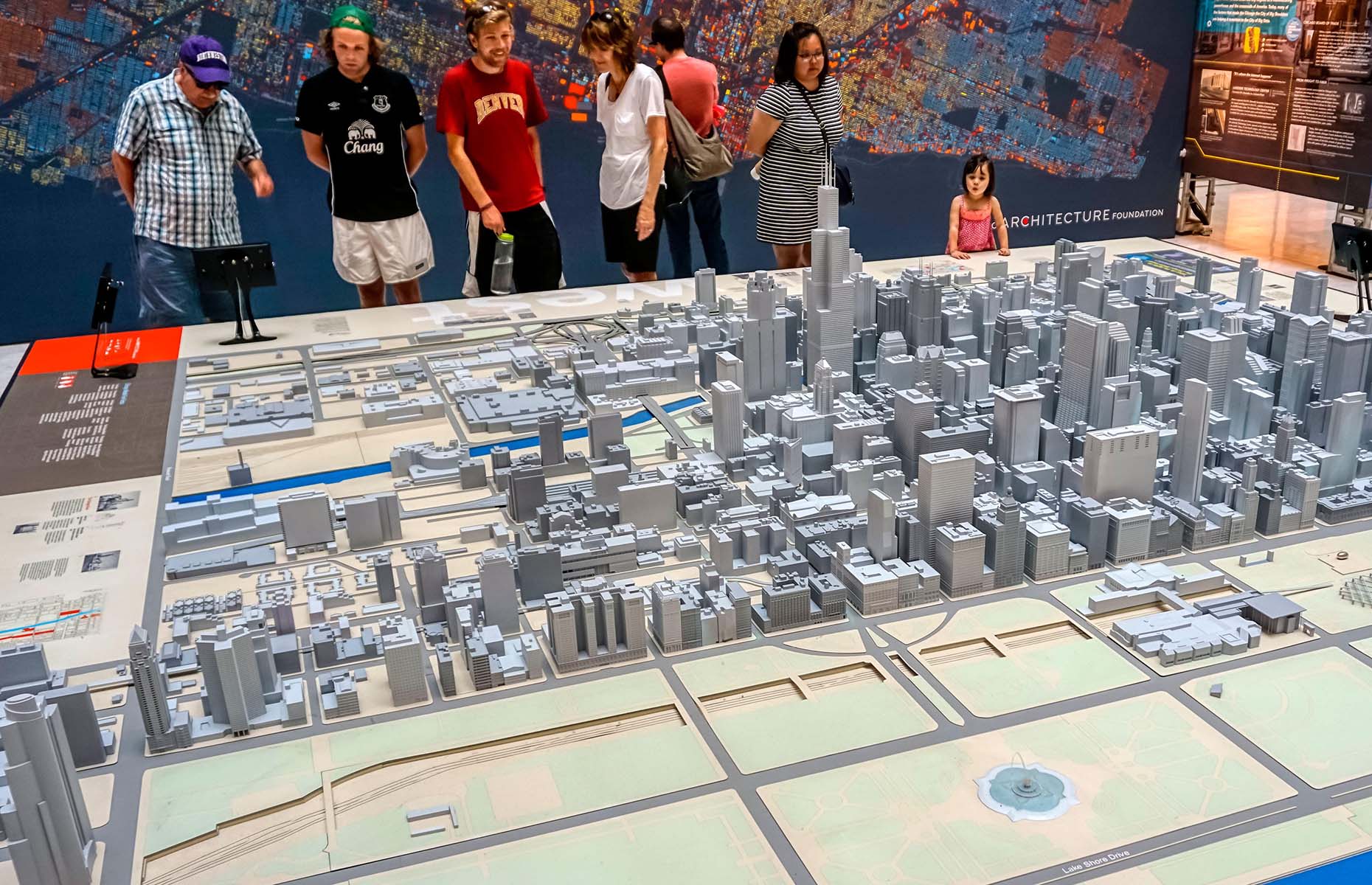 UrbanImages/Alamy Stock Photo
UrbanImages/Alamy Stock Photo
READ MORE: How to spend a design-led weekend in Istanbul
3. Stroll through the picturesque University of Chicago campus
A sharp contrast to the ascending lines of the Loop and River North that draw the eyes straight to the sky, the university campus in Hyde Park is a Gothic-inspired vision with ivy-draped lecture halls and courtyards that are straight out of a Harry Potter film. Even with the typical university hubbub it feels relaxed compared to the rat race of the city.
Notable places to see include some of architect Henry Ives Cobb’s finest work, like the Main Quadrangle and the stunning Cobb Lecture Hall. Definitely peek inside the William Rainey Harper Memorial Library and marvel at the Rockefeller Memorial Chapel – John D. Rockefeller’s final gift to the university as patron.
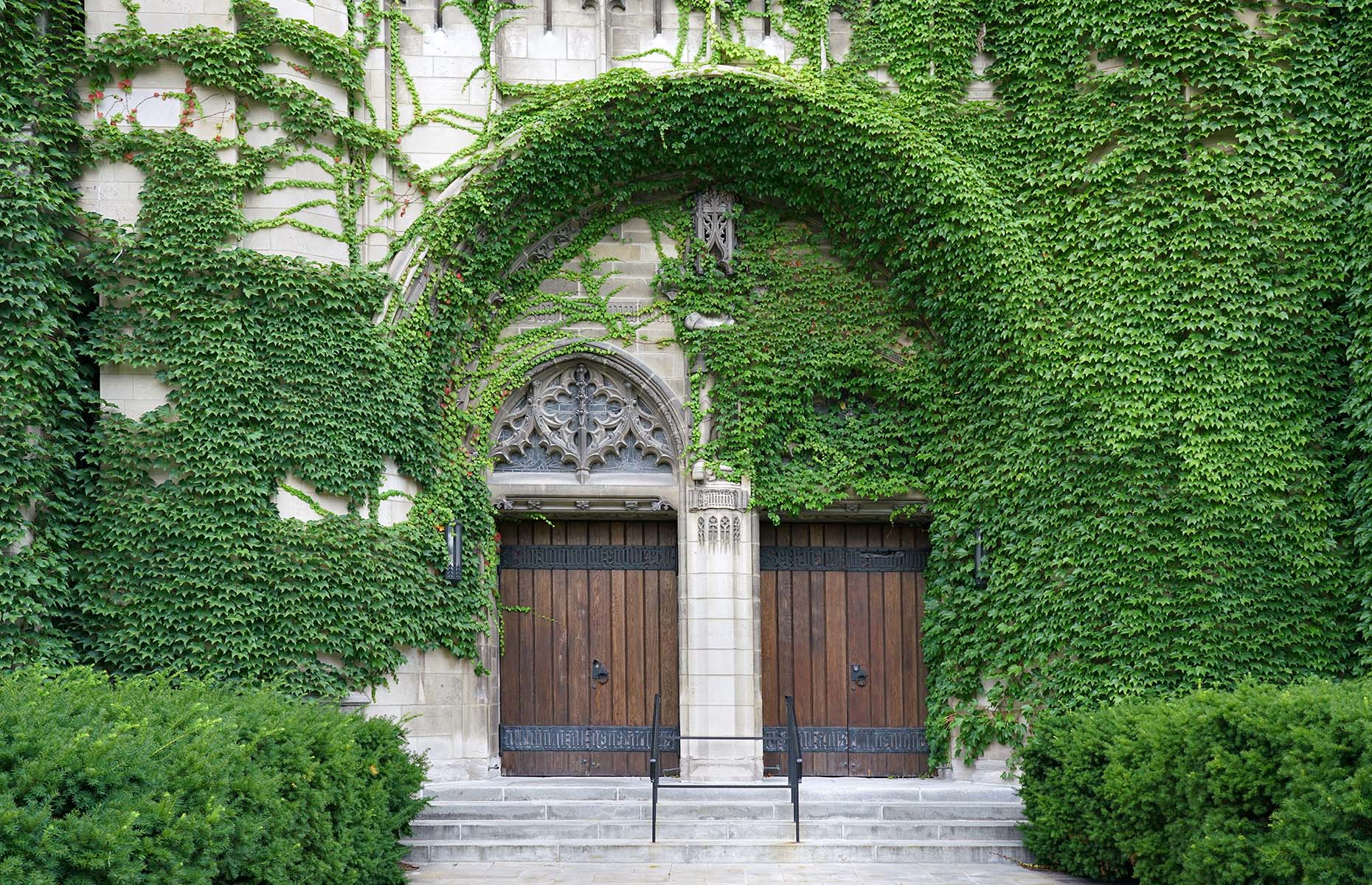 P.Spiro/Alamy Stock Photo
P.Spiro/Alamy Stock Photo
READ MORE: The most beautiful college town in every state
4. Tour Robie House
It’s easy to argue that Frank Lloyd Wright, creator of Fallingwater in Pennsylvania and the Guggenheim Museum in New York City is one of the most influential architects of all time. Incorporating surprisingly contemporary design ideas ahead of their time, Wright designed Robie House – now a UNESCO World Heritage Site – as the ultimate family home of the future. With an open-plan layout, built-in furniture and privacy at its core, it’s surprising how this 1910 home was able to predict what the families of today would be looking for in their homes.
Join a guided tour and learn all about Wright’s philosophy of organic architecture, mirroring shapes from the natural world and seamlessly blending his buildings with the surrounding landscape. It’s truly remarkable how progressive his ideas were.
For an even more in-depth exploration of Wright’s Prairie School of architecture, head to his home and studio in Oak Park.
If residential architecture is a particular interest, plan a stroll down Prairie Avenue, or ‘Millionaire’s Row’ – home to the mansions of millionaires dating from the late 1800s.
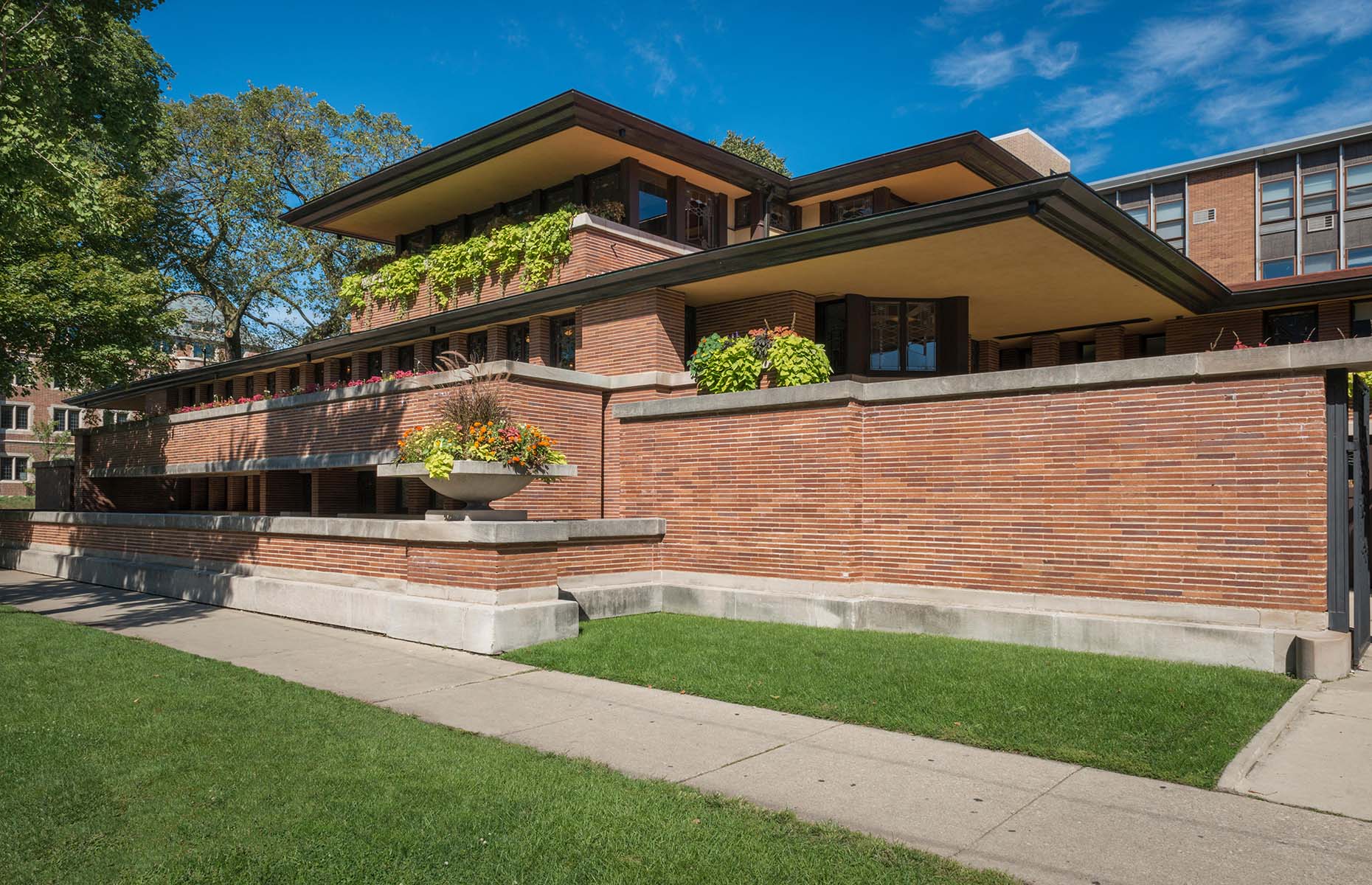 Marek Lipka-Kadaj/Alamy Stock Photo
Marek Lipka-Kadaj/Alamy Stock Photo
5. Take in the Meatpacking district
Chicago's neighbourhood of the moment is the Meatpacking district, or Fulton Market. With much of the meatpacking business moving further out of the city due to high rent and running costs, the area was left in somewhat of a sorry state. That’s all changed now with innovative projects leading the charge.
The area is notable for its intricate brickwork, with many structures on the National Register of Historic Places, so it’s quite staggering to see how new life has been breathed into near-forgotten buildings – for example, Chicago’s Cold Storage Company Building, essentially a massive freezer, has been transformed into a glass-clad Art Deco masterpiece that's now an office for Google.
Plus, there are also lots of fantastic dining options as well as a handful of brilliant hotels. A visit to Herman Miller at Fulton Market, designer of the famous Marshmallow chair and Eames Lounge Chair, also comes highly recommended.
 Antwon McMullen/Alamy Stock Photo
Antwon McMullen/Alamy Stock Photo
6. Take in some of Downtown’s most important buildings
You could dedicate a whole trip to simply exploring the city's diverse architecture and tracing its history via its neighbourhoods, but there are a few key buildings you can squeeze into an afternoon.
See Chicago’s last masonry skyscraper Monadnock Block, visit one of the most photographed interiors in the city – Frank Lloyd Wright’s skylight lobby in The Rookery – and head up Willis Tower (formerly the Sears Tower) for a thrilling panorama of the city at The Ledge at Skydeck.
Plan a stroll along the Chicago Riverwalk and stop to admire the dazzling Wrigley Building and Marina Towers, reminiscent of two corn cobs. Don't miss the Tribune Tower, whose first-floor walls are embedded with roughly 150 fragments of some of the world’s most important buildings, from the Berlin Wall and Westminster Abbey to Giza's Great Pyramid and Athens' Parthenon.
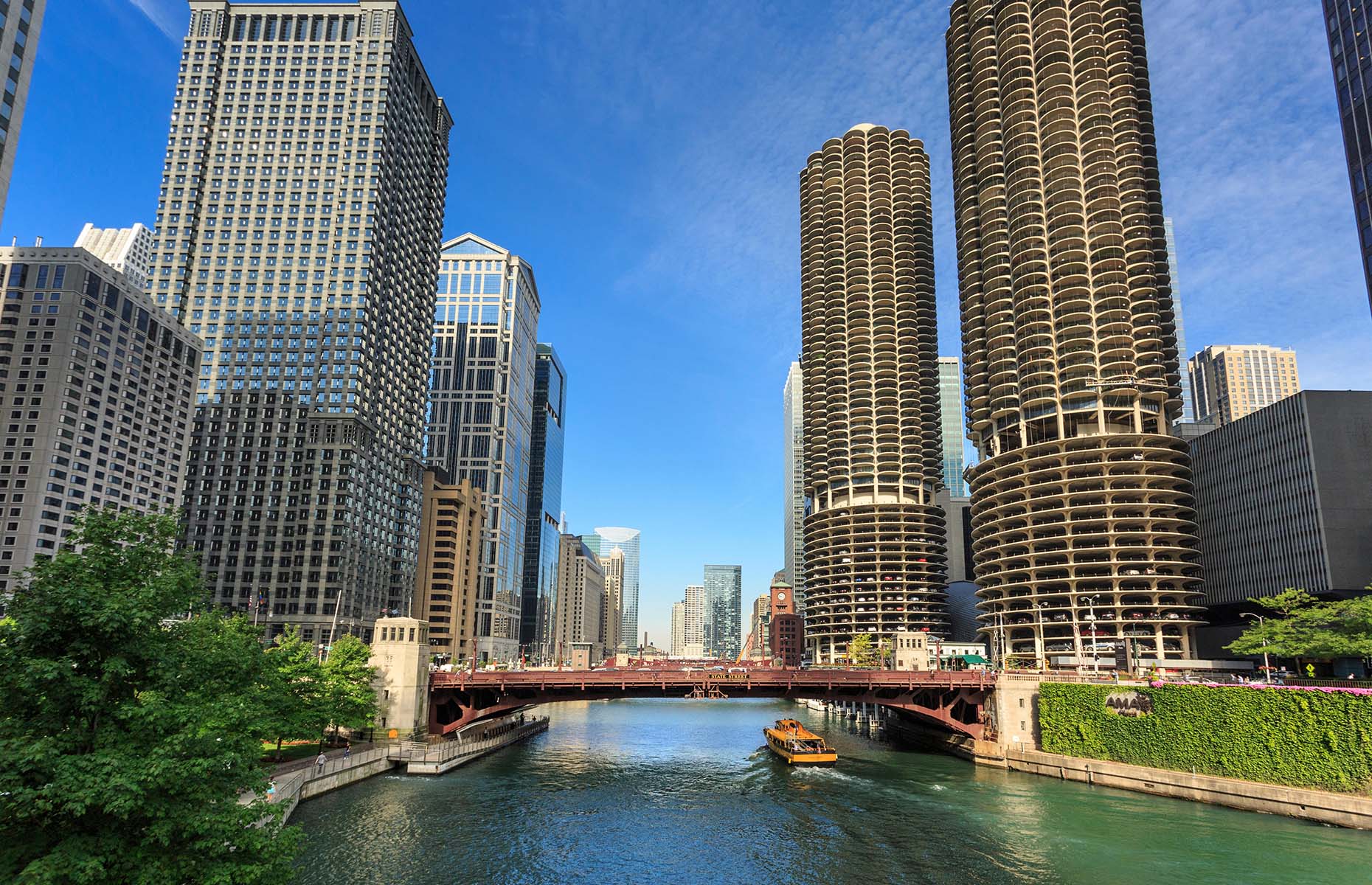 Jon Lovette/Alamy Stock Photo
Jon Lovette/Alamy Stock Photo
Tip: Those with a particular interest in architecture should plan an October visit when the annual Open House event takes place. This free public festival offers self-guided history and architecture trails throughout Chicago as well as talks, special programmes and behind-the-scenes access to buildings typically off-limits to visitors.
One of this year’s highlights was Fulton East, dubbed the building of the future as it incorporates features that enhance mental wellbeing and physical safety in a post-pandemic world, like lifts operated by floor pedals.
For more information go to Choose Chicago.
Lead image: Sean Pavone/Alamy Stock Photo
Comments
Be the first to comment
Do you want to comment on this article? You need to be signed in for this feature